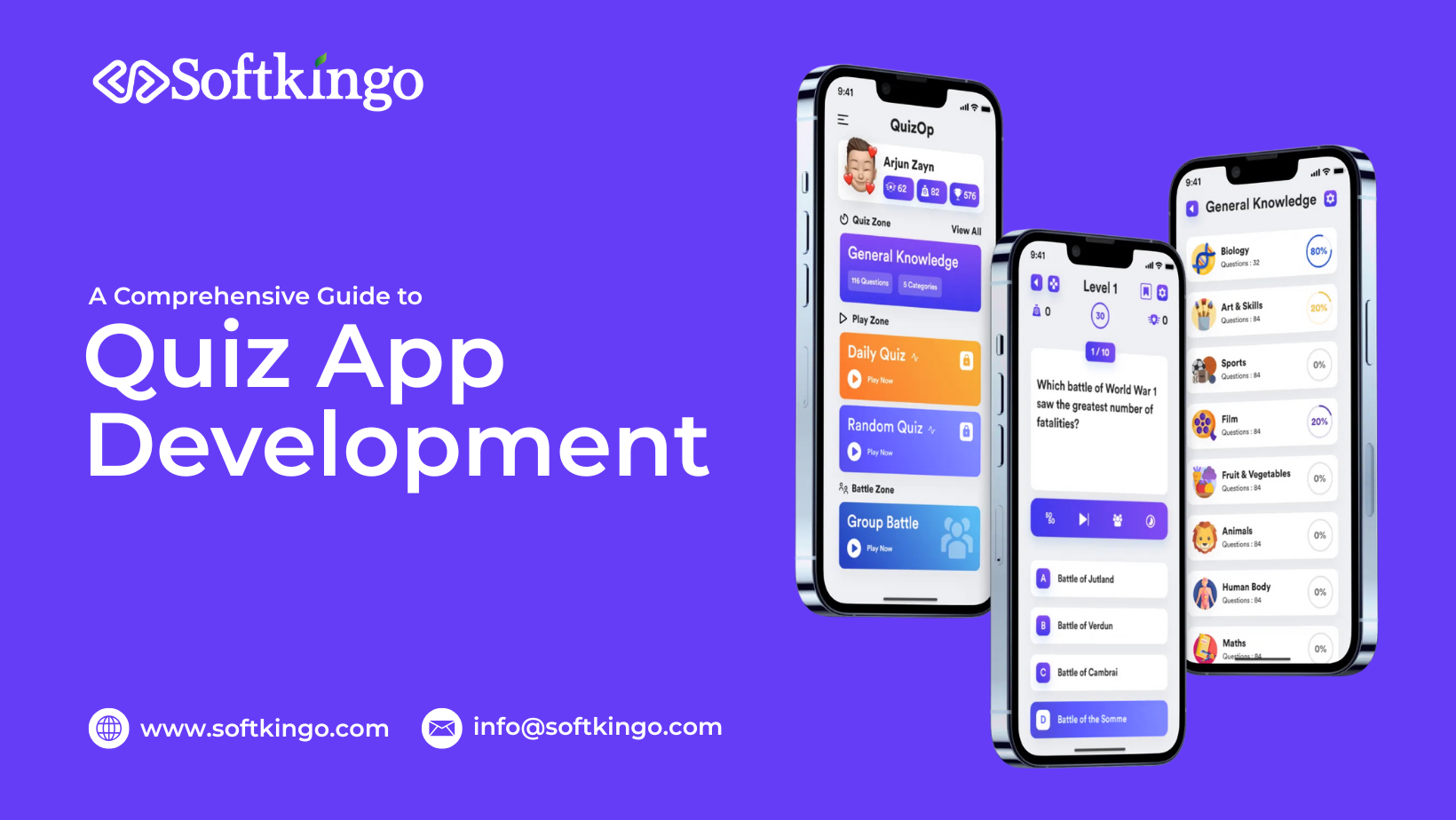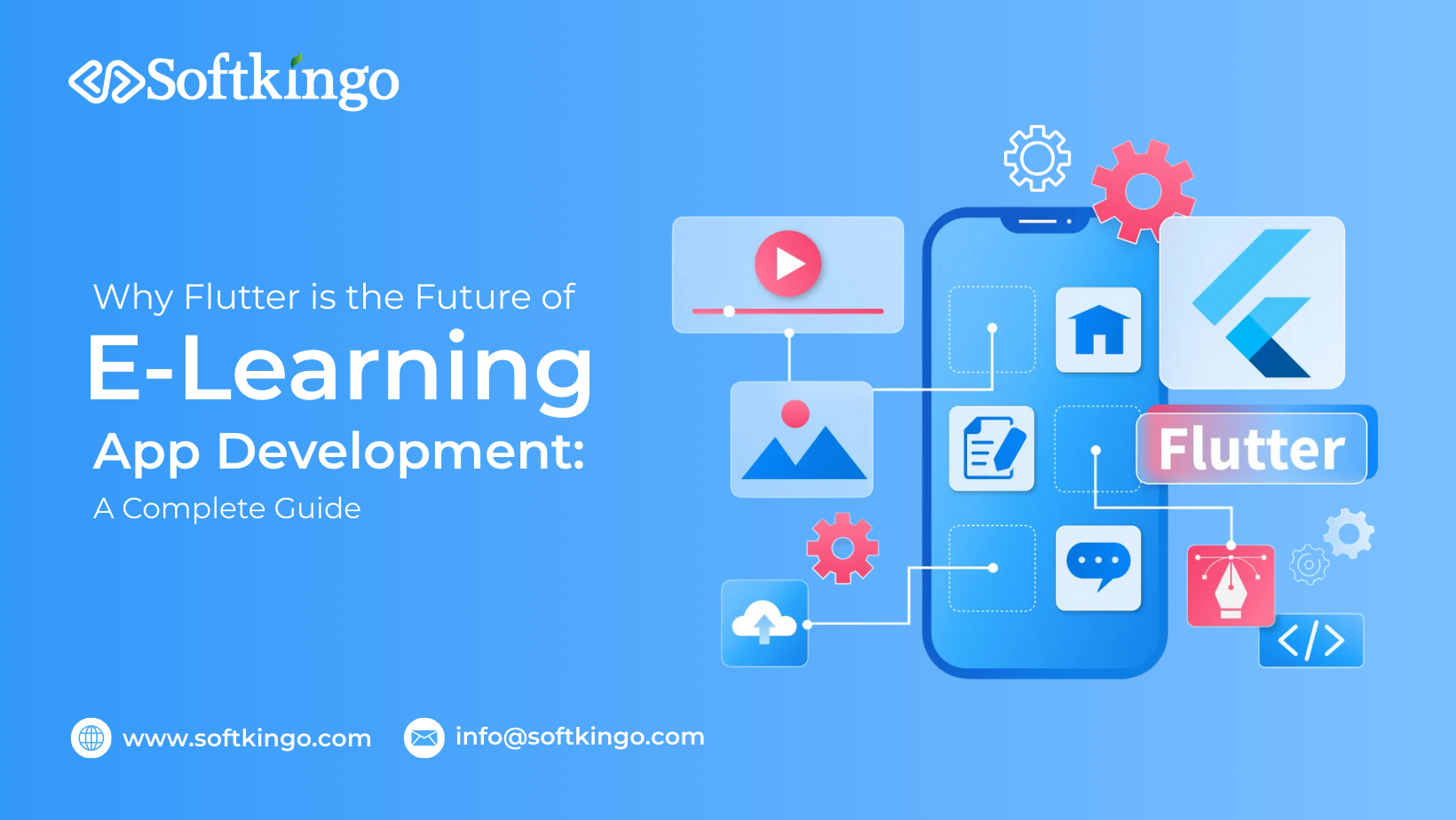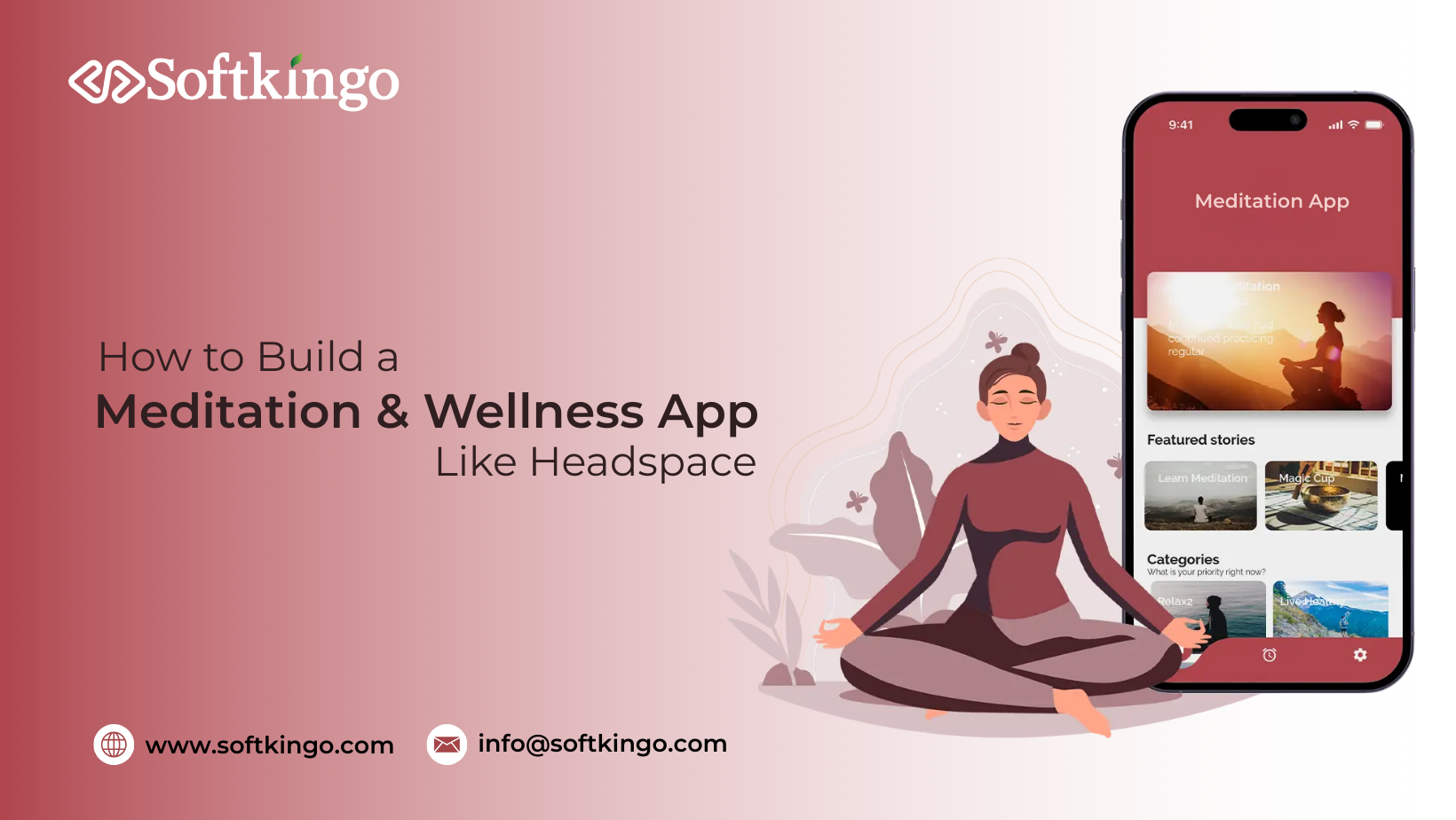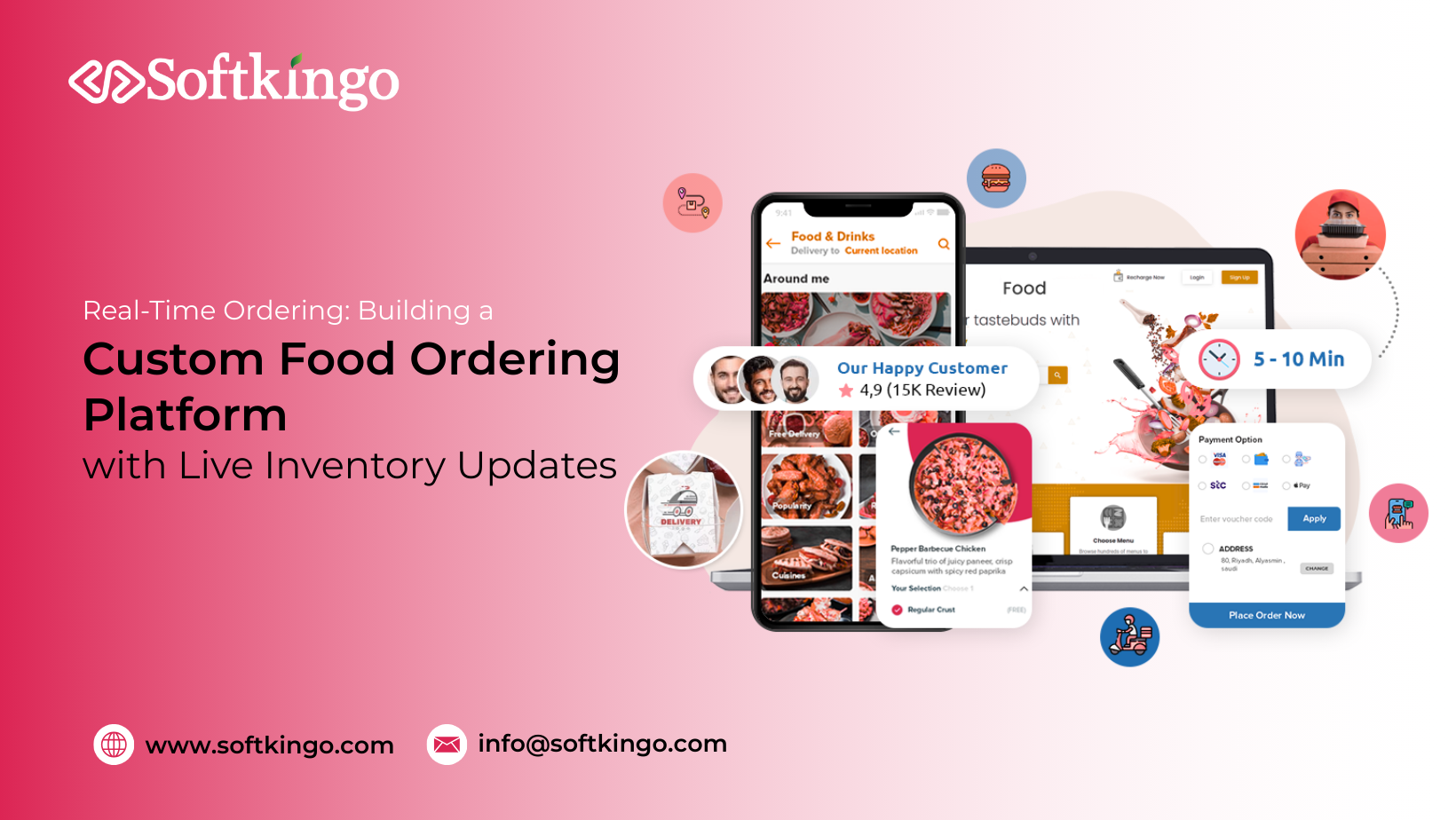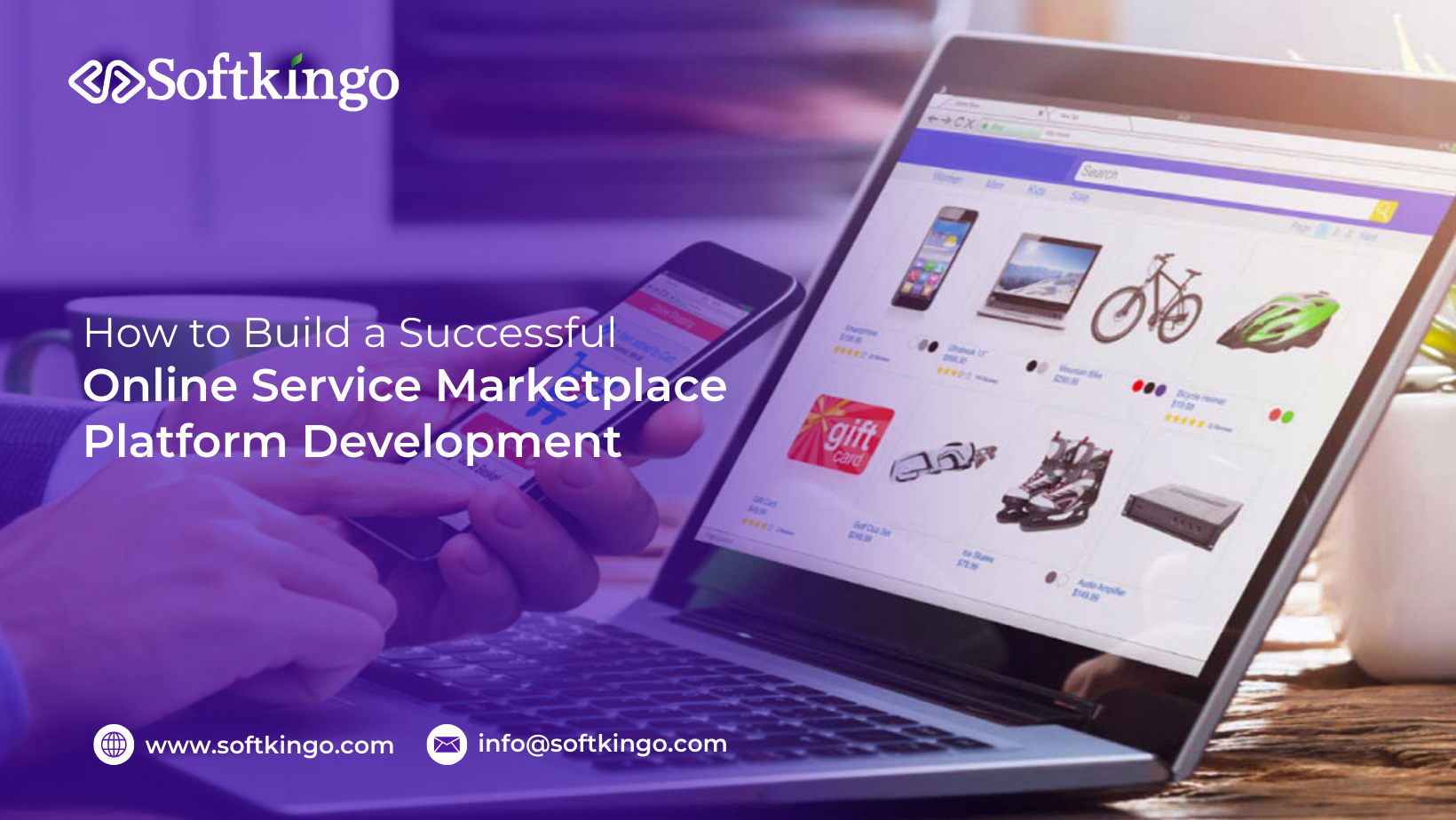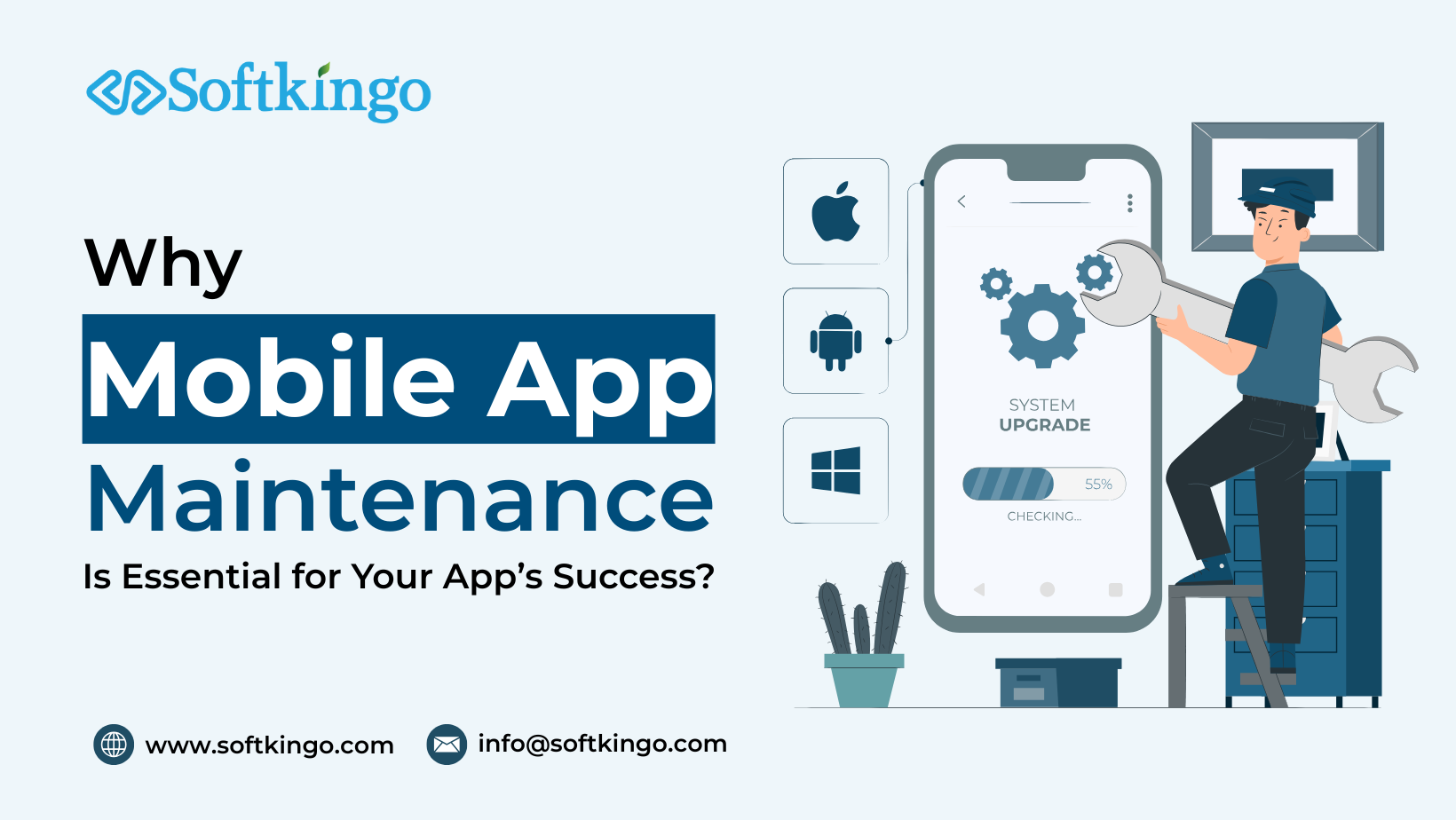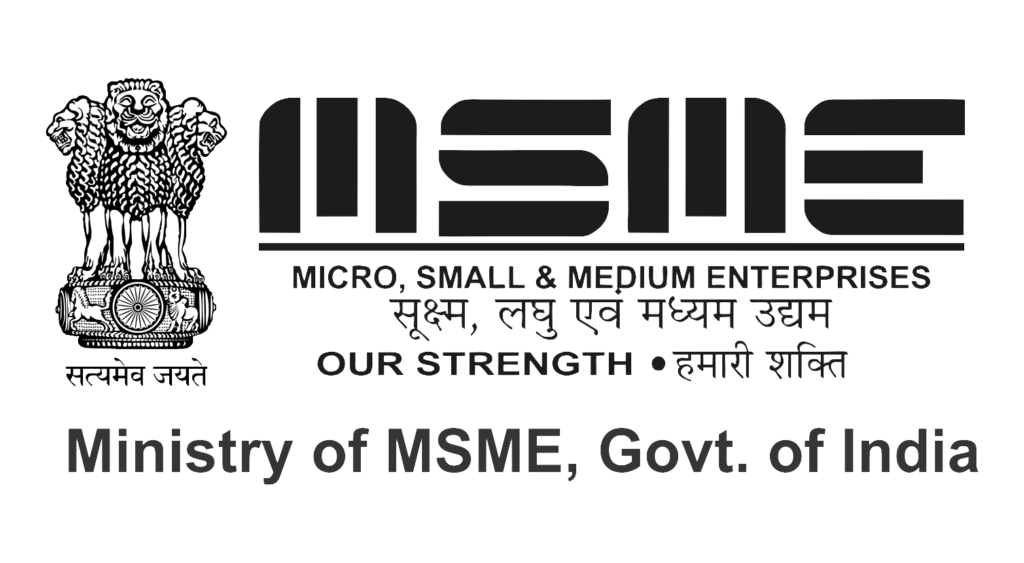Ultimate Guide to Grocery Delivery App Development: Features, Tech, and Cost
- 2 July 2025
-
 Paramhans Singh
Paramhans Singh
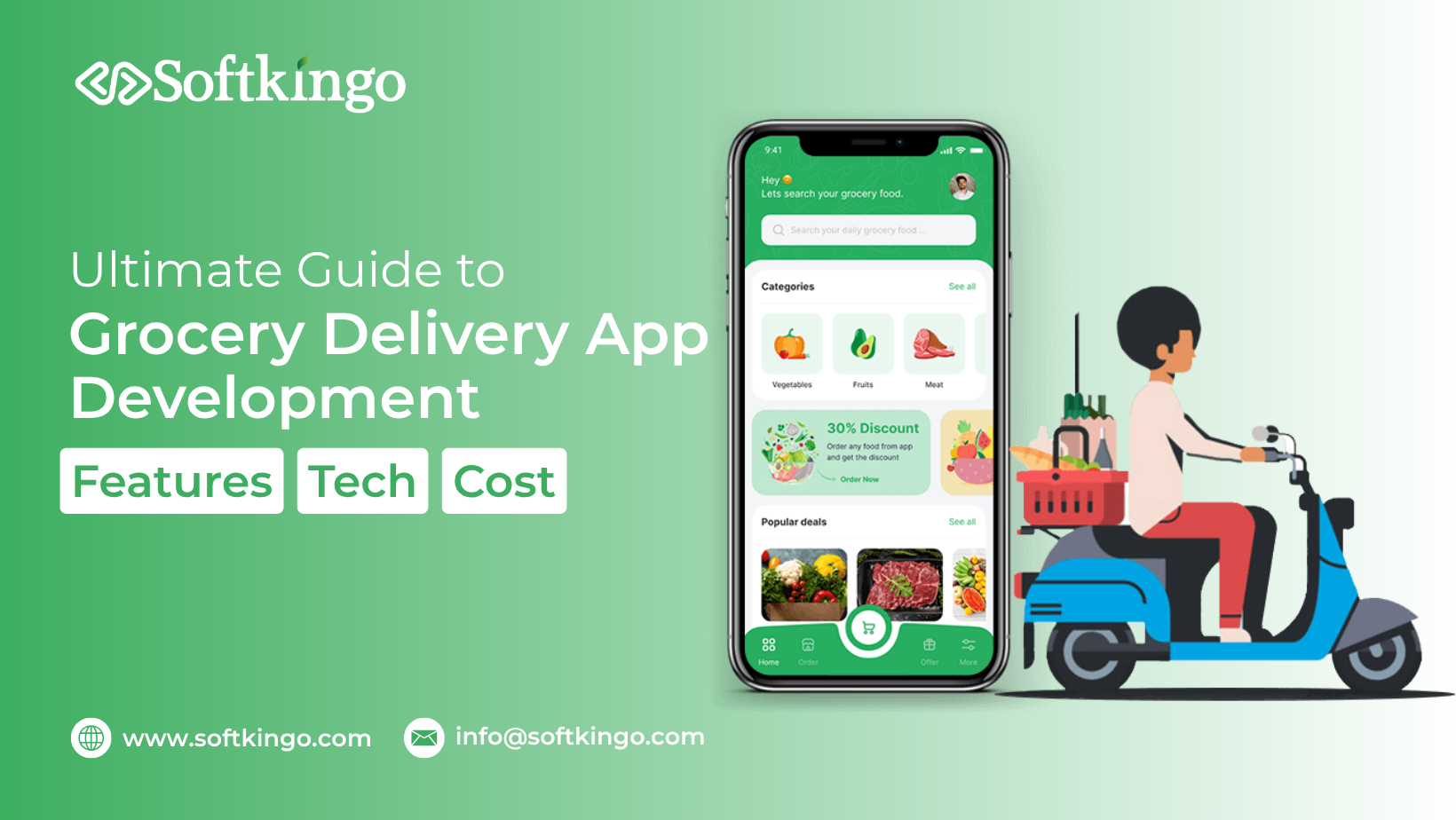
Let’s be honest—no one really enjoys last-minute grocery runs or waiting in long checkout lines. That’s exactly why grocery delivery apps are becoming such a hit. They bring everyday essentials right to your door, saving time, energy, and a whole lot of stress.
Interestingly, the idea of grocery delivery isn’t all that new. A few hundred years ago, only the wealthy had this kind of luxury. But today, thanks to mobile apps and the internet, it’s something almost anyone can access—from the comfort of home.
These apps are changing more than just how we shop. They’re helping busy families, working professionals, and even seniors get what they need with just a few taps. At the same time, they’re giving businesses a chance to reach more customers, operate more efficiently, and grow faster than ever.
And the numbers speak for themselves. In the U.S. alone, grocery delivery users are expected to hit 173 million by 2028—and that figure keeps rising.
So, if you’re an entrepreneur, startup founder, or someone planning to launch a grocery delivery app, this blog is your roadmap. We’ll walk you through everything—from how the business model works, to the features users expect, to the tech you’ll need and how much it might cost.
Because let’s face it—people want convenience. And if you build it right, your app could be the next big thing in this growing space.
Must-Have Features for a Grocery Delivery App
If you want people to keep using your app, it has to be more than just functional—it has to feel effortless. Think about your own experience. Would you go back to an app that’s slow, confusing, or missing basic features? Probably not.
Here’s a breakdown of the key features every great grocery delivery app should have:
For Customers
- Easy Registration & Login
Let users sign up quickly with email, phone, or social media accounts—no one wants to fill long forms. - Smart Search & Filters
Help users find what they need fast. Filters by category, brand, price, or diet (like vegan or gluten-free) make all the difference. - Shopping List & Wishlist
Make it easy to save favorite items or build a list for the next shop—especially helpful for busy parents or routine shoppers. - Real-Time Order Tracking
Keep customers informed from the moment they order to when it arrives at their door. - Flexible Delivery Options
Give users the choice to schedule deliveries at their convenience. - Secure Payments
Include multiple payment options (UPI, cards, wallets, COD) with end-to-end encryption. - Ratings & Reviews
Feedback builds trust—for you, your vendors, and future customers.
For Store Owners/Vendors
- Inventory Management
Keep track of product availability, stock updates, and out-of-stock alerts in real time. - Order Notifications
Immediate alerts help ensure fast processing and delivery. - Dashboard & Reports
A simple dashboard to view earnings, sales, customer orders, and performance metrics. - Promotions & Discounts
Tools to create offers, coupon codes, or discounts to attract more shoppers.
For Delivery Partners
- Delivery Request Alerts
Notify drivers of new orders instantly. - Route Optimization & Navigation
GPS-based suggestions help them get from the store to the customer quickly. - Earnings Tracker
Let delivery partners see their daily or weekly earnings in real-time.
Admin Panel – You're in Full Control
Think of this as your mission control — everything you need to keep your platform running smoothly, all in one place.
- Your Custom Dashboard – See what matters most at a glance, tailored just for you.
- Manage Stores Easily – Add new stores, update details, or deactivate them in a few clicks.
- Assign Store Managers – Give the right people access and responsibility, store by store.
- Handle Product Listings – Keep your listings fresh and accurate anytime.
- Assign Orders & Drivers – Match orders with drivers in seconds. No confusion, no delays.
- Track Orders Live – Know exactly where every delivery is at any moment.
- Manage Customers Effortlessly – View, edit, and support your customer base smoothly.
- View Reports & Insights – Make smart decisions backed by real-time data.
- Send Notifications – Keep users updated with timely messages and alerts.
- Handle Customer Feedback – Read reviews, respond instantly, and build trust.
- Create Offers & Discounts – Launch promotions that attract and retain customers.
- Manage All Payments – Track all transactions securely, in one place.
Customer Panel – Simple, Friendly & Just for You
We’ve made sure everything feels easy, personal, and smooth — so you can shop without a second thought.
- Personalized Just for You – See your past orders, favorite items, and custom suggestions.
- Instant Push Notifications – Stay in the loop with order updates and new deals.
- Flexible Delivery Scheduling – Choose the delivery time that works best for your day.
- Multiple Payment Options – From UPI to cash – pay the way you like.
- Smart Search & Filters – Quickly find exactly what you need.
- Track Orders in Real Time – See where your order is, live on the map.
- One-Tap Repeat Order – Love something? Reorder it in seconds.
- Fun with Gamification – Earn rewards as you order and interact.
- Give Ratings & Feedback – Help others by sharing your honest experience.
Delivery Agent Panel – Everything You Need on the Go
Designed for delivery heroes. Fast, simple, and reliable tools to make every delivery smoother.
- Get Notified Instantly – New order? You’ll know right away.
- Clear Delivery Instructions – No guesswork, just clear directions.
- In-App Chat – Talk to customers or support without leaving the app.
- Live Delivery Tracking – See your route, track orders, and stay on time.
- Track Your Earnings – Know how much you made, anytime.
- Call Customers if Needed – Quick access if there’s an issue on the road.
- All Order Info in One Place – Everything you need before knocking the door.
- Built-in GPS Navigation – Navigate smarter with real-time directions.
Store Manager Panel – Your Store, Your Rules
A powerful, easy-to-use tool for managing daily operations — without the stress.
- Support Your Customers – Respond quickly to questions or issues.
- Coordinate Logistics – Seamlessly manage deliveries from your store.
- Accept Secure Payments – Keep transactions simple and safe.
- Stay on Top of Inventory – Add new items, update stock, or remove old ones easily.
- Store Locator Tool – Help customers find your nearest store in no time
Why Launching Grocery Delivery Apps Is a Strategic Business Decision
As far as convenience is concerned, grocery shopping has undergone a complete overhaul. In an earlier day, one would have to navigate through crowded markets or supermarkets. Today, it is just a matter of a few taps on a screen. So, online grocery delivery is gaining precedence and is fast emerging as a necessity. Any startup, entrepreneur, or enterprise aiming to enter the grocery business might find setting up an on-demand grocery delivery app to be among the smartest business moves. Here is the reason.
Stops Inventory Wastage and Streamlines Supply Chain
Handling perishable stock is one big headache in the grocery business. Grocery delivery apps make supply chain logistics easier, ensuring that businesses keep track of inventory levels in real time. If a business learns demand trends and observes how products move in real time, it can avoid a scenario of either overstocking or understocking—a scenario that would have led to high wastage of perishable goods. Efficient stock management is further advanced by features like smart alerts and auto replenishment.
Strengthens the Economic Contribution and Creation of Job Opportunities
Investing in the development of a grocery delivery app is a good way of strengthening the broader economy. These apps offer various jobs to delivery executives, support staff, customer service representatives, and warehouse operators. In developing areas and local communities, this can be considered a sustainable model as it provides daily income opportunities for gig workers and daily wage-based workers.
Supports Local Vendors, Small Retailers, and Home-Based Sellers
An on-demand grocery app acts as a catalyst to empower small-scale sellers. Many local grocers and organic product providers do not have the digital infrastructure to compete with supermarkets or chains. By onboarding them into your grocery app, you are assisting these small entities in making a comeback. This is a win-win with your app having more listings and variety, and they profiting from greater reach and sales, especially in turbulent times such as during pandemics or market-induced fluctuations.
Delivers Ultimate Convenience and Faster Service
Time is money — and your customers know it. Grocery delivery apps are popular because they save hours of physical shopping time. Whether it’s a last-minute kitchen refill or a scheduled bulk order, the app ensures customers get what they need at their convenience. Features like same-day delivery, real-time tracking, order scheduling, and contactless payment make the process seamless, enhancing customer satisfaction and loyalty.
How to Building an On-Demand Grocery Delivery Application
Creating a grocery delivery app involves careful planning, research, and execution. Below are the five essential steps to successfully launch a scalable and user-friendly grocery delivery solution.
Step 1: Craft a Sound Business Strategy
A big-time application is always started with a good strategy. Identify your target audience-first thing-first: are you targeting professionals, urban families, or health-concerned people? Research their buying behavior and preference, expectations from deliveries, and their current pain points. Research your competitor and analyze features you want your app to hold-on product categories, delivery zones, in-app payments to loyalty points.
Step 2: Design and Develop an MVP or Prototype
Before full-scale development, build a prototype or an MVP of your idea. It will help you test your idea with a few people on a smaller scale and obtain early insights. Having a clickable prototype that includes some base features, such as user login, product browsing, cart management, and checkout flow, will assist you in grasping the expectations of your customers before building the full app.
Step 3: Develop and Test Your Application
With an approved prototype in hand, the next step is to get writing. Your team of developers should start coding the modules for the backend and frontend with the newest frameworks at their disposal. The grocery app could have a very powerful admin panel, a great interface for those on the front end, a secure database, and APIs integrated for inventory, payment, and delivery systems. After development is over, the testing starts and it's a rigorous one, with lots of usability tests, bug fixing, performance testing, and security testing in the community.
Step 4: Soft Launch
This soft, or pilot, launch enables you to see how your app fares in a limited market and generates some real user data along the way. This phase is absolutely critical in order to iron out any issues that may come up post-launch and obtain clarity on user behavior from a more qualitative point of view. Using real-time analytics, you can make all needed adjustments to features, slicking up performance and polishing the flow of your app. No sooner than you're confident, get on with the full launch on iOS and Android.
Step 5: Continuous Support and Maintenance
Post-launch support is not optional — it is very mandatory! Your app must be updated on a regular basis with changes based on user reviews, recent trends, and seasonal demands. With ongoing maintenance, you can introduce new features, fix bugs, add integrations, and keep your grocery delivery app competitive and secure.
Ideal Tech Stack for Grocery Delivery App Development
Choosing the right tech stack is crucial for creating a high-performance grocery app. Here’s a commonly used stack by top developers:
- Frontend: React Native / Flutter / Swift (iOS) / Kotlin (Android)
- Backend: Node.js / Laravel / Django / Ruby on Rails
- Database: MongoDB / PostgreSQL / Firebase
- Real-Time Tracking: Google Maps API / Mapbox
- Push Notifications: Firebase Cloud Messaging (FCM)
- Payment Gateways: Razorpay / Stripe / PayPal / Square
- Cloud Services: AWS / Google Cloud / Azure
- Admin Panel: React / Angular / Vue.js
How Much Does It Cost to Develop a Grocery Delivery App?
The overall cost of grocery delivery app development depends on several factors:
- App complexity and number of features
- Platforms (iOS, Android, or both)
- UI/UX design requirements
- Integration with third-party services
- Developer location and hourly rates
- Team size and duration of development
Estimated Development Cost Range:
- Basic App: $30,000 – $60,000
- Mid-Range App: $60,000 – $120,000
- Advanced App with Custom Features: $150,000 – $250,000+
Partner with Softkingo to Build a Grocery Delivery App That Performs
These days, the mere presence of a physical store is not enough. Businesses need to synchronize with the digitization process toward being able to prosper. Herein lies Softkingo — as your trusted tech partner building the grocery delivery apps of tomorrow.
We specialize in building scalable, intuitive, and feature-rich grocery apps that carry your weight in the digital grocery marketplace. With multi-platform expertise and over two decades of professional experience in app development, we use smart technology and agile practices to deliver unique solutions tuned to your business objectives.
If you are an established grocery retailer looking to target the digital market or merely an enterprising startup, we would cherish the opportunity to work with you to realize your dreams.
Let’s Build Something Great Together
Time to get started with grocery delivery app development?
Contact Softkingo Today — and Let’s Bring Your Idea to Life!
Frequently Asked Questions (FAQs)
Q1: What are recent trends in grocery delivery app development?
A:
- AI-Powered Search and Recommendations
- Voice Assistant Integration
- AR/VR for Virtual Shopping
- Contactless Payment Systems
- Hyperlocal Delivery Models
- AI Chatbots for Customer Service
Q2: What are the challenges commonly faced while developing a grocery delivery app?
A:
Three different user interfaces (Customer, Delivery Team, Admin)
Handling vast amounts of product and order data
Real-time update of orders and delivery tracking coordinates
Scaling of app and uptime maintenance
Q3: How to select a development partner?
A:
- Clearly define your goals and features
- Review portfolios and previous projects of the company
- Ask for references and testimonials
- Check if agile methodologies are followed
- Check their tech stack support policy
Q4: How much time does it usually take to develop a grocery delivery app?
A: Development time changes with complexity:
- Basic MVP: 3–4 months
- Medium Complexity: 5–6 months
- Advanced App: 7–9 months or more
Paramhans Singh is the CEO and founder of Softkingo Technologies, bringing over 8 years of experience in delivering custom software solutions that help startups and enterprises achieve their business goals. He has successfully validated more than 220 app and website ideas and delivered over 100 tailored solutions, utilizing a range of technologies such as Swift, Kotlin, React Native, Flutter, PHP, RoR, IoT, AI, NFC, AR/VR, Blockchain, and NFTs.



